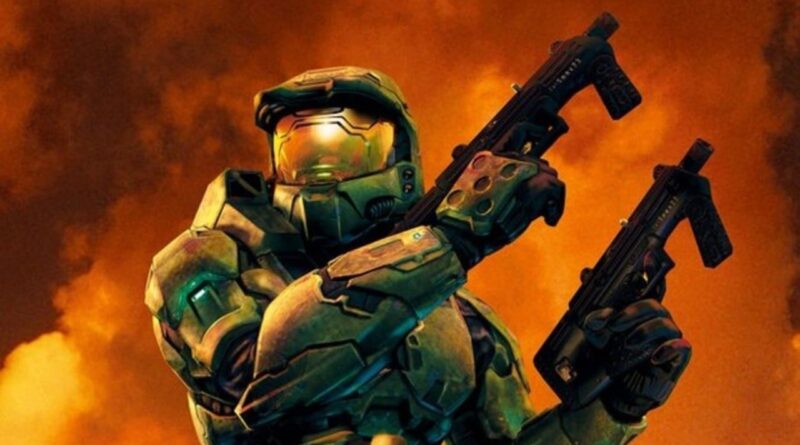Halo 2 Broke My Heart
Creating art can be the sum of all suffering.
Priority Shift
Welcome to February, 2004. Game developer Bungie has ten months to ship their most anticipated sequel of all time, Halo 2. The game is in shambles.
Microsoft, Bungie’s publisher, expects the game in November. Staff morale is in the gutter, and some employees have stopped going home. To make the deadline, Bungie wasn’t just cutting, they were cleaving.
Real-time reflections, stencil shadows, and the state-of-the-art graphics engine from their E3 Demo… All gone. The whole game was in flux. Halo 2 had little more to it than its title, and time was running out.
Paul Bertone, Mission Design Lead:
Once we actually started to see how long the missions were taking to design and script, it just wasn’t going to work.
The features, levels, and story beats gutted from Halo 2 could fill a whole game on their own. Tragically, most never did. Halo 3, despite smoother development, would have the misfortune of picking up from its predecessor’s infamous, unintended cliffhanger.
Joseph Staten, Director of Cinematics:
Here comes the knife. Out of the script, What’s important? That isn’t, goodbye my lovely child.
Today, most fans go to bat for Combat Evolved and Halo 3, leaving Halo 2 as the unfortunate low point in Bungie’s original trilogy. Some Bungie employees estimate that retail Halo 2 is 20% of its original scope. The game is a shell, practically raw, and overflowing with bugs.
Michael Wu, Environmental Artist
More time would be welcome. We’re not asking to work shorter days, we’re asking to work as hard as we have been working right now… But for two extra weeks.
Halo 2 sports one of the most frenzied game development cycles in history. If it hadn’t miraculously come together in the eleventh hour, Bungie would cease to exist. The team shipped, but all the love was gone.
Marty O’Donnell, Audio Director:
The Bungie process of making cool games has worked up until now, but is there an amount of pressure– An ambition that’s beyond what we can actually do?
Juggernaut
Halo 2 will forever be a pyrrhic victory.
So overcome with stress from the ordeal, Project Lead Jason Jones would leave Bungie on sabbatical. His involvement with the Halo franchise was minimal from then on. Despite soaring success, Halo 2’s death crunch would go on to cost Bungie 30% of its developers. Those bruises never go away…
I’d like to believe the games’ industry took a lesson from the wreckage of Halo 2, but we might’ve even gone backwards since then.
All this is to say that when 343 Industries revealed the Digsite project, I was floored. A treasure trove of development assets, test builds, and proof of concepts from throughout Halo’s history… Polished and released for free by the community.
The clear frontrunner of Digsite’s reveal was Halo 1’s Macworld assets, but there was one more surprise that got me good: Halo 2’s E3 2003 Demo, and whispers of the coveted “Alphamoon” scenario.
Testament
“Earthcity” was a custom level created to market Halo 2, and would never run on an Xbox. A sizable chunk of the game’s development was spent building this one showcase, but it was all a sham. Wander off the intended path, and the build could hang, crash, or some combination of both.
The engine behind it all was just too expensive for the hardware, and it was one of the first things to go when Bungie entered crunch-mode. Imagine my shock, when Digsite had it running right inside the Master Chief Collection. One more art pass, and it’d be ours!
It’s a small start, but after twenty years, Digsite is filling the gaps and opening the door to what Halo 2 was supposed to be. Halo’s passionate, immortal community can carry the torch on their own– And finally start telling the whole story.
